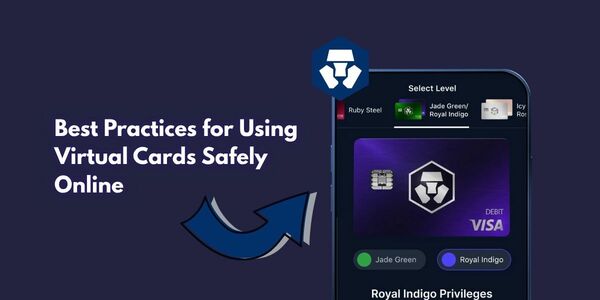Notifications
ALL BUSINESS
COMIDA
DIRECTORIES
ENTERTAINMENT
FINER THINGS
HEALTH
MARKETPLACE
MEMBER's ONLY
MONEY MATTER$
MOTIVATIONAL
NEWS & WEATHER
TECHNOLOGIA
TV NETWORKS
VIDEOS
VOTE USA 2026/2028
INVESTOR RELATIONS
COMING 2026 / 2027
ALL BUSINESS
COMIDA
DIRECTORIES
ENTERTAINMENT
FINER THINGS
HEALTH
MARKETPLACE
MEMBER's ONLY
MONEY MATTER$
MOTIVATIONAL
NEWS & WEATHER
TECHNOLOGIA
TV NETWORKS
VIDEOS
VOTE USA 2026/2028
INVESTOR RELATIONS
COMING 2026 / 2027
About Me
 Blockchain Customer Care
Blockchain Customer Care Passionate about blockchain, cryptocurrency, and decentralized ecosystems. I share insights, simplify complex crypto topics, and help users navigate the evolving world of Web3. Follow me for trusted answers on everything from wallets to exchanges. For deeper resources, explore: blockchaincustomercare.com
 Blockchain Customer Care -
Jun 2 -
Business -
123 views -
0 Comments -
0 Likes -
0 Reviews
Blockchain Customer Care -
Jun 2 -
Business -
123 views -
0 Comments -
0 Likes -
0 Reviews

Using virtual cards is a smart way to protect your money while shopping online. With increasing digital threats, it’s important to know the best practices for using virtual cards safely. Whether you’re using your bank’s service or just completed your Crypto.com virtual card activation, keeping your virtual card secure is key to safe online transactions.
In this article, we’ll share practical tips to help you avoid fraud and misuse while enjoying the benefits of virtual cards. We’ll also cover how virtual cards work, when to use them, and how to make the most of their security features. Whether you’re new to virtual cards or just want to stay safe, this guide is for you.
A virtual card is a digital version of a physical debit or credit card. It’s often used for online purchases and includes a card number, expiry date, and CVV—just like a regular card. The difference? You don’t carry it physically, and it can often be used only once or for a limited time.
Many platforms like Crypto.com, Revolut, and traditional banks offer virtual cards. After setup, such as going through the crypto.com virtual card activation process, your card is ready to use immediately for online shopping or subscriptions.
Virtual cards are popular because they add an extra layer of protection. Here are a few reasons why they’re safer:
Limited use: You can set the card to be valid for a single transaction or for a short time.
Masked info: Your real banking details are never shared with merchants.
Easy to freeze or delete: If something looks suspicious, you can instantly disable the card without affecting your main account.
To make sure your virtual card experience is safe and smooth, follow these best practices:
Before entering your virtual card details, make sure the website is secure. Look for "https" in the URL and check if the website is well-known. Avoid entering card information on suspicious or unfamiliar sites.
If your provider allows it, generate a one-time-use card for single purchases. This reduces the risk of the card being reused if the information gets leaked.
Many virtual card services let you set a maximum amount that can be spent. This is especially helpful for managing subscriptions or preventing overcharges.
Keep an eye on your spending by checking your app or platform regularly. Unusual charges should be reported immediately.
Just like with physical cards, never share your virtual card details with others—especially over email or social media.
Your virtual card is only as safe as the device it’s stored on. So, it’s important to:
Use strong passwords for your app or crypto wallet.
Enable two-factor authentication (2FA) wherever possible.
Keep your software and app updated to protect against known security threats.
If you recently completed your crypto.com virtual card activation, make sure to explore its security settings in the app.
One smart way to use virtual cards is for free trials or recurring subscriptions. That way, you won’t risk being charged unexpectedly. If you forget to cancel a trial, the card might expire before the next billing cycle, saving you money.
While virtual cards are great for most online transactions, there are times when using a traditional card might be better:
Hotel bookings: Some hotels need to see the physical card at check-in.
Car rentals: These services often require a physical card for verification.
In-store purchases: Unless your virtual card is connected to a mobile wallet like Google Pay or Apple Pay, it may not work offline.
Virtual cards are a powerful tool for online security. By following simple safety tips—like using one-time-use cards, setting limits, and securing your device—you can shop with confidence and avoid many common threats.
